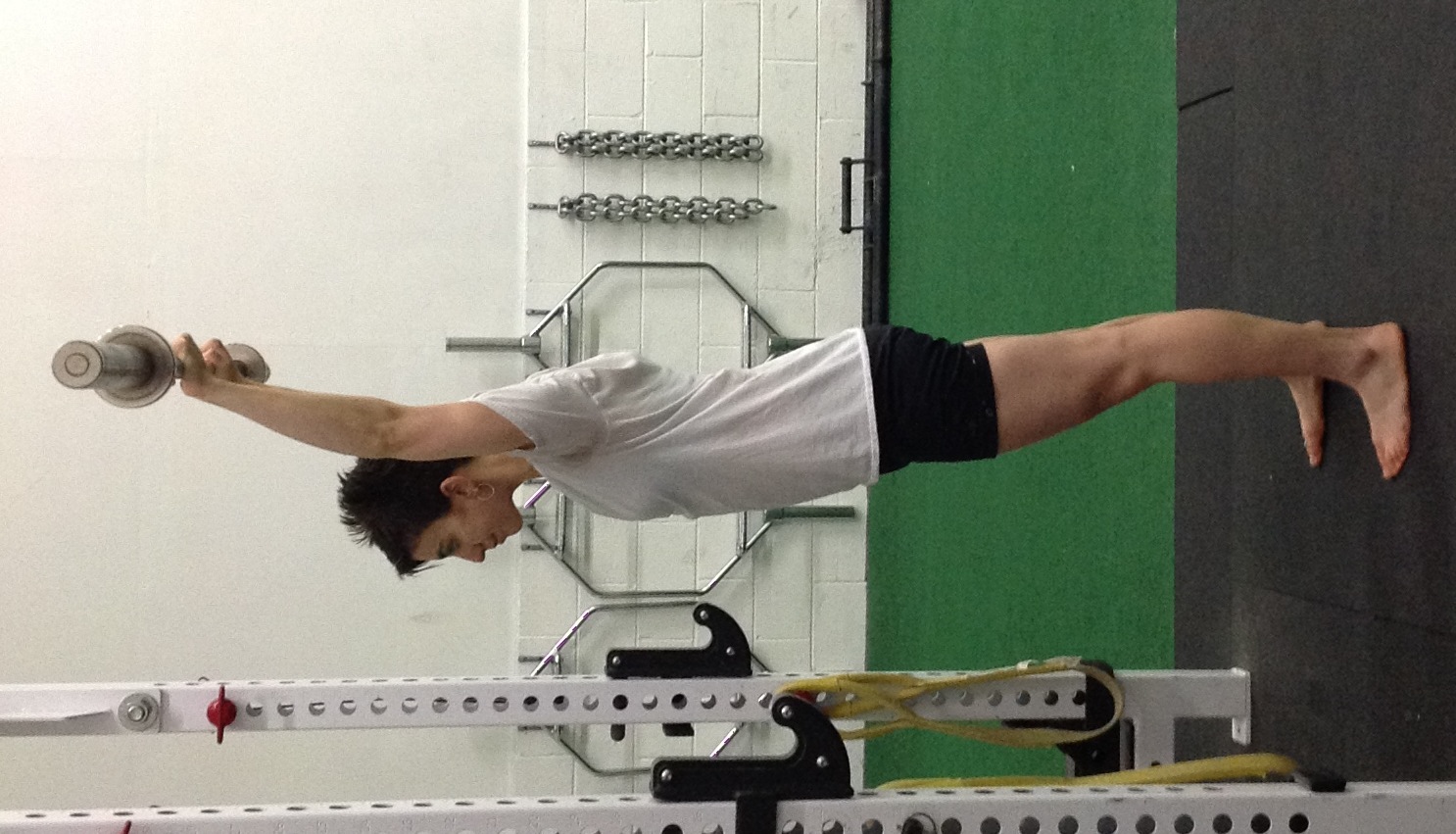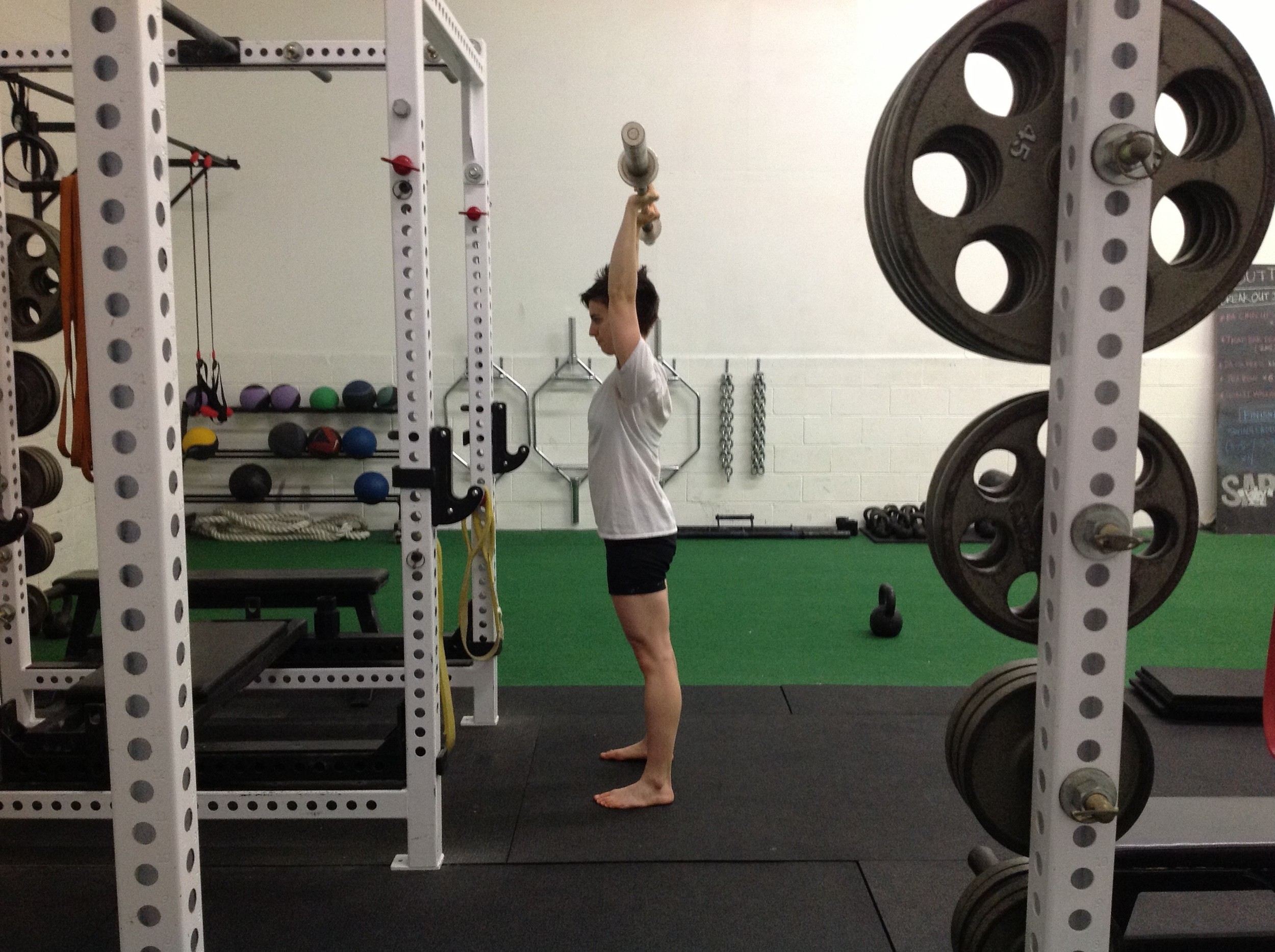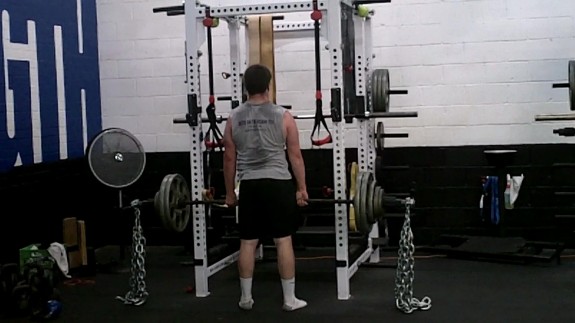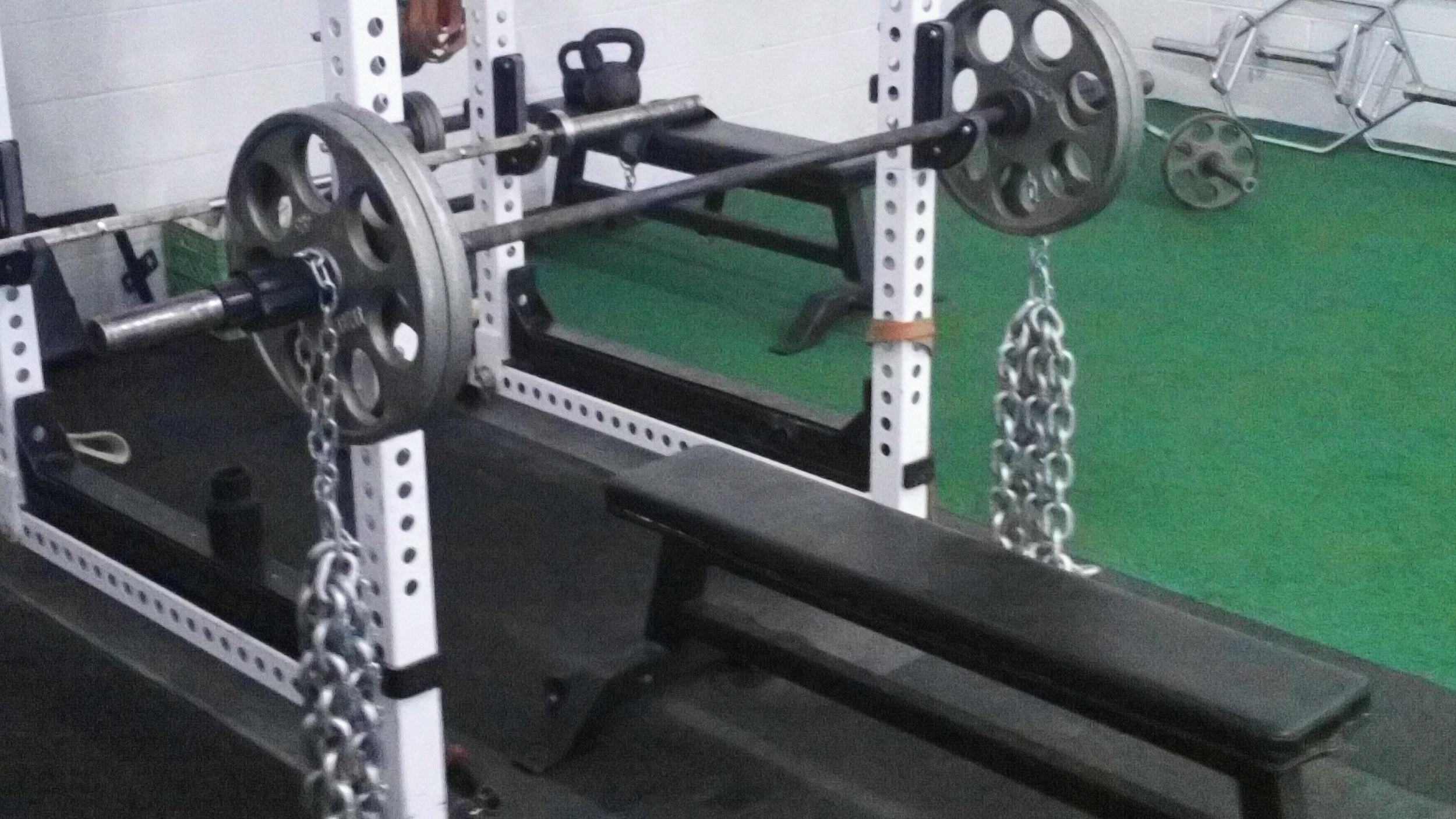It seems like we are at a crossroads in youth sport. Perhaps mirroring the politics of today, the opinions of how sport should be played appear to be as polarizing as ever. One camp believes we are in the midst of the “wussification of America”. They believe that today’s children are given too much and participation trophies are creating generations of American’s who don’t know how to win. They believe that success, failure, and learning from those experiences bring out the best in our children. The “wussification” camp has it’s own site and has even claimed that teaching activities like yoga is breeding a generation of non-competitors. Comedian Adam Carrola went off on the “Participation Trophy Generation” and talked about how it’s impacting our economy. Even the Iron Man, Cal Ripken Jr., talked about his concern with where youth sports are heading. There’s statistics that show that the millennial generation, who the Wall Street Journal labeled “trophy kids”, are as entitled as ever. Let’s call this camp “old school”, where they believe we are softening up on our future leaders and creating a less competitive culture.
The other camp believes that sports have become too serious. Rick Reilly, a popular ESPN columnist, wrote about Pee Wee Coaches imploring 8 year old football players to have a “killer instinct”. Last month, The Bloomington South High School girls’ basketball team made headlines by beating Arlington High School 107-2. Athlete’s are being offered scholarships before they get to high school. Parents are being jailed for fighting at games. Sports have become big business, and many parents have become more interested in athletic scholarship, or making it to the Pro’s, then emphasizing academics and using sport experience as an opportunity to learn. Let’s call this camp “new school”, where they believe our society has placed too much emphasis on winning and not enough on participation and having fun.
So, who is right? Well, both believe our children may not be learning as much as they should. And I am not sure either is wrong. I don’t believe in “old school”, I don’t believe in “new school”, I believe in “right school”, and figuring out what mix of the past and the future is best for the present.
Clearly, this is a topic that will continue to garner attention and changes will be made. Whether, the emphasis for change needs to be solely on increased competition or participation, perhaps, like our politics, the answer lies somewhere in the middle.









